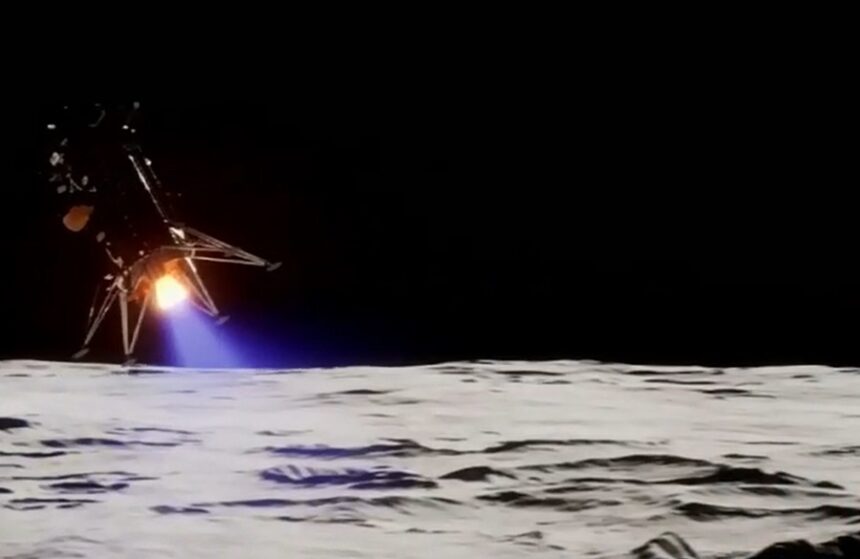On Thursday, a spacecraft created and operated by the Texas-based company ‘Intuitive Machines’ made landfall near the moon’s South Pole. This was the first private-sector and US lunar landing in about 50 years.
In a live webcast of the landing from Intuitive Machines’ mission operations center in Houston, the firm and NASA commentators announced that the unmanned six-legged robot lander, dubbed Odysseus, landed about 6:23pm EST (2323 GMT).
The landing ended with a stressful final approach and descent after a fault with the spacecraft’s automatic navigation system surfaced, requiring ground engineers to deploy an untested solution at the last minute.
Furthermore, it required some time to restore contact with the spacecraft and learn about its future following an expected radio blackout that occurred some 384,000 km from Earth.
According to the webcast, mission control was first unaware of the spacecraft’s exact state and location when communication was finally restored, despite the lander’s confirmed touch down being confirmed by the faint signal.
“Our equipment is on the surface of the moon, and we are transmitting, so congratulations to the IM team,” Intuitive Machines mission director Tim Crain was heard telling the operations center. “We’ll see what more we can get from that.”
NASA Administrator Bill Nelson immediately praised the achievement, calling it a “triumph” and declaring, “Odysseus has taken the moon.”
According to the webcast, the landing took place one day after the spacecraft entered lunar orbit and one week after its launch from Florida.
Since NASA’s final crewed moon mission, Apollo 17, which landed there in 1972 with astronauts Gene Cernan and Harrison Schmitt, Thursday’s touchdown was the first controlled descent to the lunar surface by an American spacecraft.
Only four other countries’ spacecraft have performed lunar landings to date: the former Soviet Union, China, India, and, most recently, Japan, who did so only last month. The United States is the only country to have sent men to the Moon.
Before the sun sets over the arctic landing site, Odysseus transports a suite of scientific instruments and technical demonstrations for NASA and several commercial clients. These are intended to power the ship totally with solar energy for seven days.







